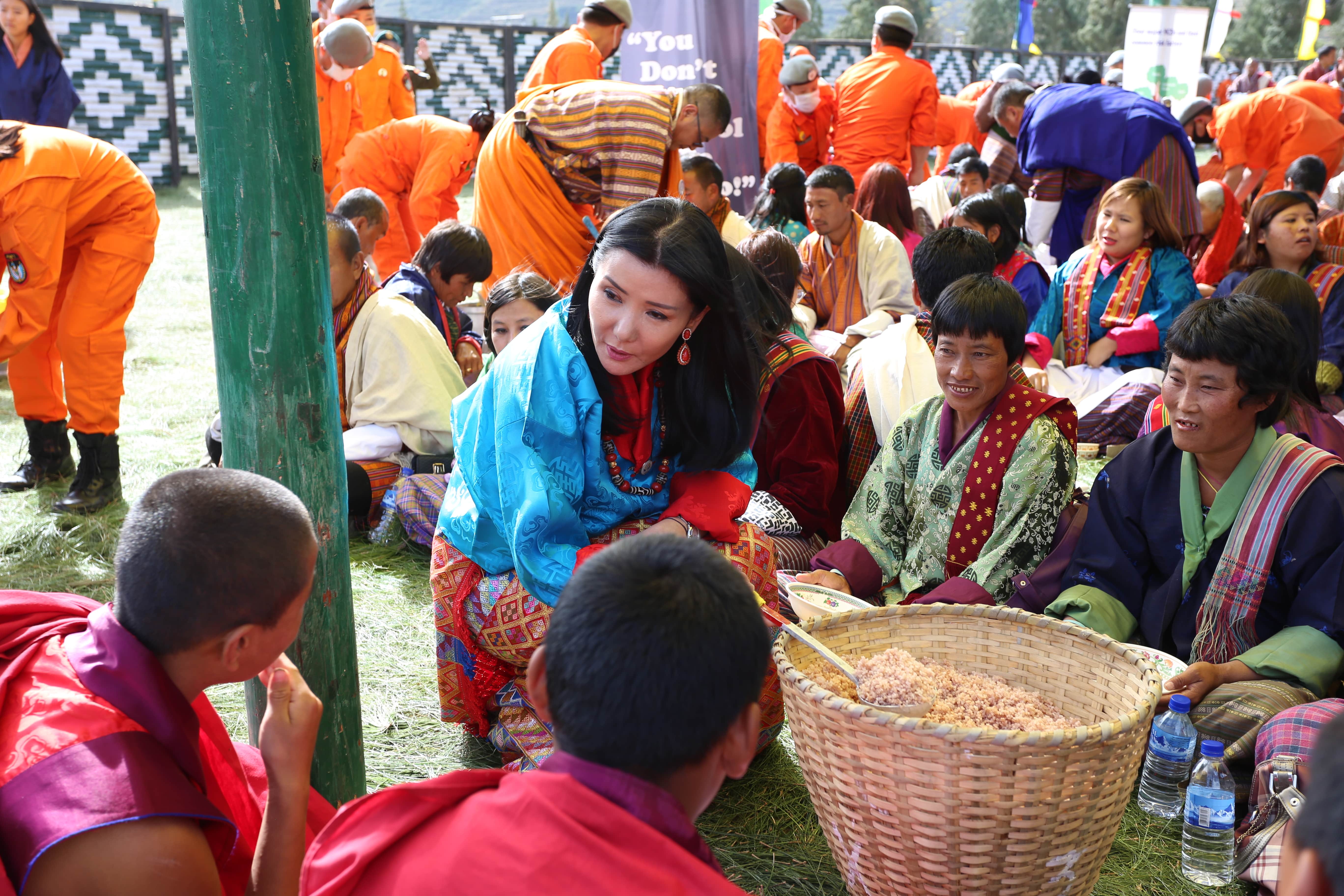


Her Majesty the Queen Mother Gyalyum Sangay Choden Wangchuck’s vision and purpose for establishing Bhutan’s first Textile Museum was to avert as national lament of –‘ too little too late’. Her Majesty realized that any further loss of Bhutan’s textile arts would be an irreversible impairment to an important aspect of the country’s cultural heritage.
In the late 1990’s, some valuable and unique samples of Bhutanese textiles were still available within the country, safeguarded as heirlooms or phamaishuy.
The establishment of The Textile Museum in Thimphu in 2001 gave the Bhutanese, as well as the world, a chance to enjoy these incredible pieces of art. The museum comprised of two galleries (upper and lower), one conservation workroom, a storage room, shop and office space The permanent collection began with 244 artifacts in 2001 comprising of requisite examples of Bhutanese textiles, which were showcased in gracious gallery settings using locally available resources modified to meet international museum standards. The development of the conservation unit, was generously supported by the non profit Friends’ of Bhutan’s Culture, USA, aided by grants from the Getty Conservation Institute. Through an active acquisition strategy, including donations and purchases, the permanent collection today has grown substantially to a total of over 2000 artifacts, which include invaluable artifacts of historical, cultural and religious significance dating back to as early as the 1800’s.